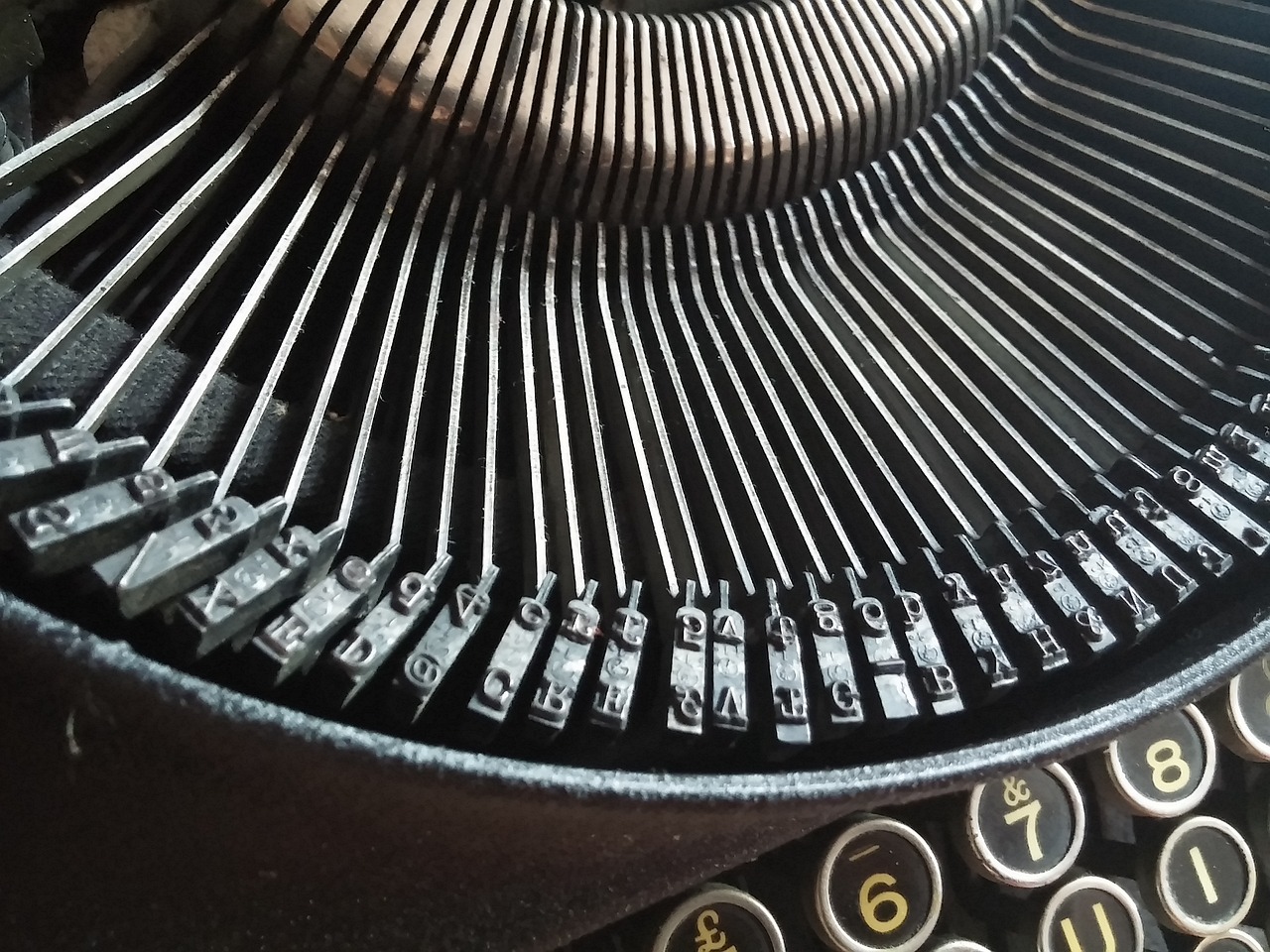
In a case between Google and the creator of the font used by the French newspaper Le Monde, the Paris Court of First Instance (‘Tribunal Judiciaire’) has handed down a judgment in which it ruled that the font created for the newspaper is original and thus protected by copyright, even though it found that Google’s font does not constitute a copyright infringement of that font.
It is not the first time that the French courts have ruled that fonts may be protected by copyright (e.g. in 1993, the French Supreme Court). The case is nevertheless interesting, not only because of the facts, but also because for about 10 years now the French lower courts, in particular the Paris Court of First Instance, have often bluntly breached French and EU copyright law when assessing the originality of creations: for example, ruling that the originality of a Gered Mankowitz portrait of Jimmy Hendrix had not been established by the rightholder (see here and here)! Recently, a draft bill to change the burden of proof of originality was presented to the French Senate to try to deal with the problem created by the lower courts. It should however be noted that regarding originality, the position of the French Supreme Court is in line with the CJEU judgments in Infopaq and Painer.
But let’s get back to the facts of this case, in which the Paris Court, in its judgment of 31 March 2023, did rule that the font is original. In 1994, a French typographer created the font for the French newspaper Le Monde. In 2016, a French company specialising in typography created a font called ‘Spectral’ for Google, who used it as part of its free service Google Fonts, used by website creators and users of word processing software. In 2020, the creator of Le Monde newspaper’s font, together with the company he founded, brought a copyright infringement case against Google and the company that created the ‘Spectral’ font.
1. The court found that Le Monde’s font is original
Article L112-1 of the French Intellectual Property Code (‘IPC’) provides that copyright law protects ‘the rights of authors in all works of the mind, whatever their kind, form of expression, merit or purpose’, without giving a definition of originality. The same article, however, gives an indicative list, in which ‘typographic works’ are mentioned.
The creator of the font presented to the court the following explanations as to the choices he made in the process of creation:

The Paris court studied the different characteristics of Le Monde’s font (as presented by the plaintiffs), and found that though they have individually been previously used, the font is original given the combination of these characteristics, i.e.:
- the contrast is reduced,
- the height of the letters (a, e, n, o) is increased compared to the ascenders (b, d, h) in order to enhance perception,
- capital letters are smaller than lowercase ascenders,
- the proportions of the letters are both wide and narrow,
- the interior openings of the letters and the counterforms are adjusted,
- the serifs at the bottom of lowercase trapezoid letters and capitals are included,
- the serifs of the glyphs s, S, C, G are drawn without a curved return at the top,
- the top serifs of lower-case letters (such as n, p, etc.) and some bottom serifs like a, d etc.) are designed with an angled connection to the shaft which allows the top counterform to be opened,
- the drop-shaped endings are replaced with rounded shapes that end in a pointed tip broken by a short line.
The court therefore ruled that the font of Le Monde’s newspaper is an original typographic work that can as such be protected by copyright.
2. But the court ruled that the font had not been copied
Article L.122-4 IPC states that ‘Any complete or partial performance or reproduction made without the consent of the author or of his successors in title or assigns shall be unlawful. The same shall apply to translation, adaptation or transformation, arrangement or reproduction by any technique or process whatsoever.’
The court found that the characteristics of Le Monde’s font were not copied by Google. In particular, it explained that the serifs of the upper extremities appear significantly thinner in Le Monde’s font, that the end parts of the body are thinner in the Spectral font, making these two glyphs distinct, and that the trapezium shape is not identical to the triangle shape. The court also explained that the plaintiffs did not demonstrate the presence of the other elements, the combination of which characterises the originality of Le Monde’s font.
The court thus dismissed the copyright infringement claims of the typographer.
It should finally be noted that the plaintiffs unsuccessfully asked the court to condemn the alleged infringer on the grounds of unfair competition or parasitism on a subsidiary basis.
The plaintiffs lodged an appeal before the Court of Appeal of Paris against this judgment.
________________________
To make sure you do not miss out on regular updates from the Kluwer Copyright Blog, please subscribe here.


